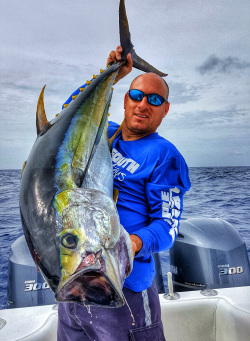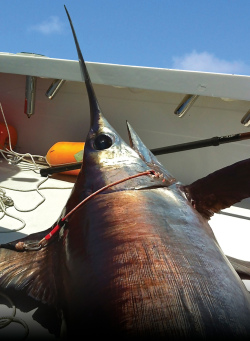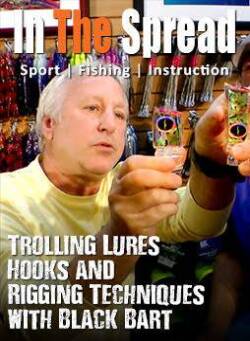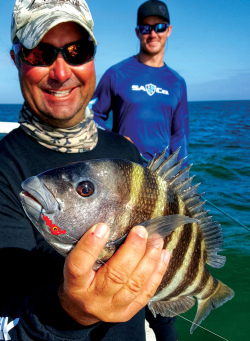Fregate birds, like dolphins and billfish, follow dolphins to feed on bait near the surface. Analyze the bird's behavior, focusing on its behavior and proximity to the water. Prepare rods, tackle, and baits, and try trolling around the dolphin's circle to catch them.
Dolphin Fishing - Frigate Birds Mean Big Fish
(00:12:27)
Watch Full Video
View Short Trailer
Instructor:
RJ Boyle
Description
/
Review
/
Instructor
Summary of Key Points:
- Frigate birds, also known as man-o-war birds, can indicate the presence of bigger fish like dolphin, wahoo, and billfish.
- Sea birds, especially frigate birds, are nature's fish finders due to their ability to fly and exceptional vision.
- Understanding the behavior of frigate birds can lead you to prime dolphin fishing spots.
- Approach the area where frigate birds are circling cautiously, maintaining a distance of about 100 feet and considering the current's direction.
Login
to leave a review.
User Reviews
There are no reviews yet.We Recommend
0




